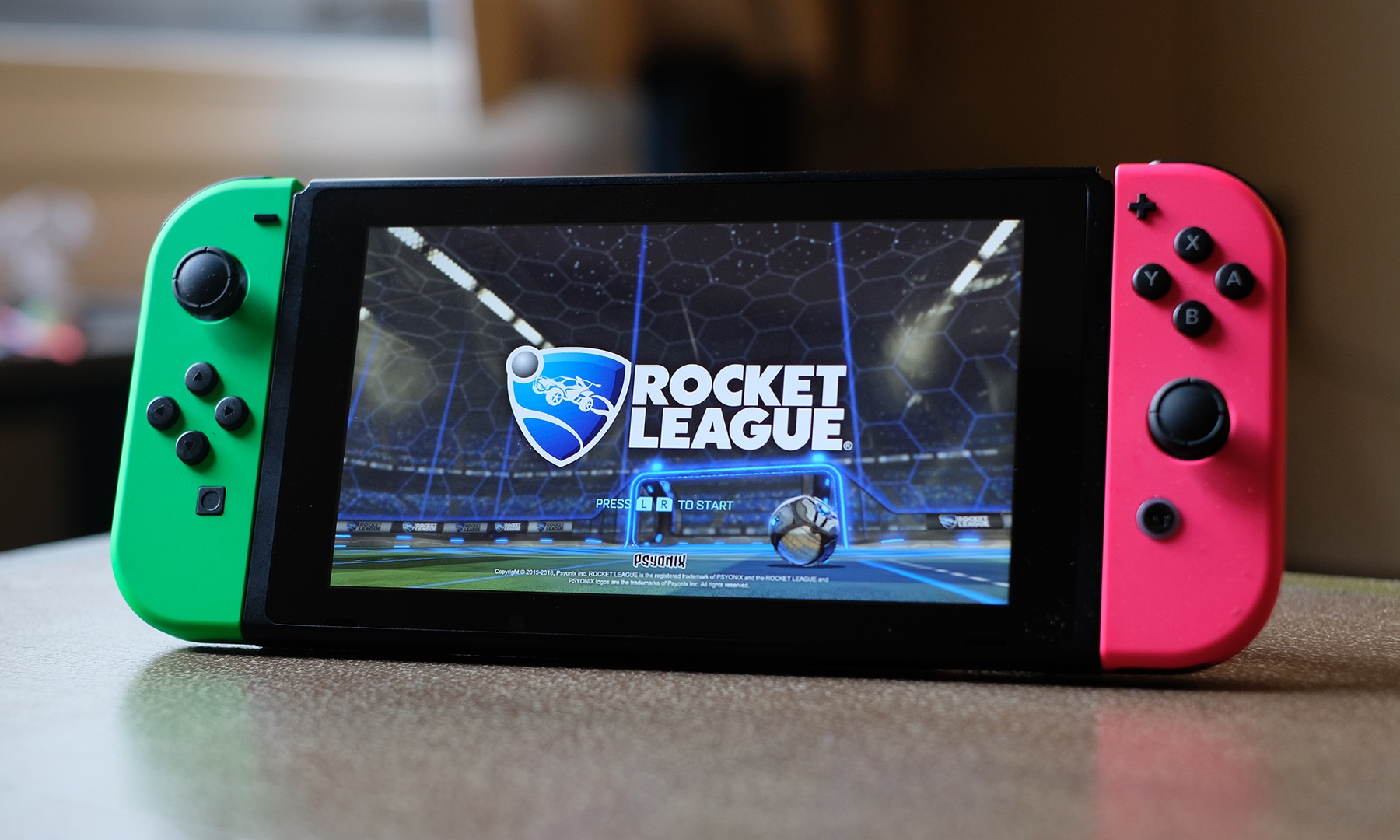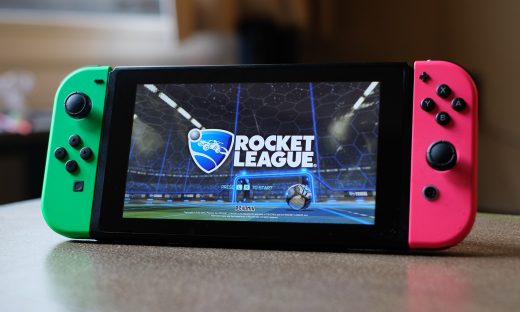How Panic Button became masters of the Switch port
The Switch is a remarkable little machine. Part handheld and part home console, the device is home to some wonderful Nintendo-made exclusives such as The Legend of Zelda: Breath of the Wild and Super Mario Odyssey. It’s also home to some rock-solid ports, including Rocket League and the Nazi-slaying Wolfenstein II: The New Colossus. These versions are visibly inferior to their PS4, Xbox One and PC counterparts, with murky textures and adaptive resolutions that frequently hover below 720p. Still, they are undeniably impressive, offering the same ferocious gunplay and bombastic humor whether you’re playing at home or the back of a bus.

The wizards behind these seemingly-impossible ports? Panic Button, a developer in Austin, Texas with less than 50 employees. It’s an unusual specialty — some companies, such as Bluepoint Games, have earned a reputation on their ability to remake and remaster classic titles such as Uncharted: The Nathan Drake Collection and Shadow of the Colossus. Few, though, are able to match Panic Button’s skill at bringing so-called ‘triple-A’ games to effectively tablet-grade hardware.
How to make a port
Catch up on all the latest news from E3 2019 here!
The studio wasn’t created for this purpose. The four founders — Craig Galley, D. Michael Traub, Russell Byrd and Aaron Smischney — had worked together at Acclaim Entertainment, a now-defunct publisher that produced Turok, NBA Jam, and the first official South Park game, and Inevitable Entertainment, a once-independent studio that made a shooter called Tribes: Aerial Assault and a Zelda-like based on The Hobbit. Inevitable was acquired by Midway Games in 2004 and, eventually, swept up in the publisher’s push to standardize some of its internal tools and technology.
“And while I’m all in favor of that, there’s a right way to do it and a wrong way to do it, and I think they were making some bad decisions,” Traub told Engadget. “And Craig [Galley], who was at that time still my boss, also was of a similar mind. So we started seeing some of the writing on the wall, as it were, and we got out while we thought the going was good.”
The quartet created Panic Button in 2007, roughly a year before Inevitable Entertainment, now called Midway Studios Austin, closed its doors. The founders didn’t have a strong vision for the company. They enjoyed making games, though, and wanted to avoid the “corporate mistakes,” according to Traub, that ultimately brought down both Acclaim and Inevitable.
At first, the studio was “very tech heavy” and had little art and game design talent amongst it ranks. Traub, for instance, was a decent programmer and entered the game industry through Acclaim’s T&T (tools and technology) division. One of his early projects was an N64 engine that could run games with, at the time, realistic 640×480 “Hi Rez” graphics. Galley had been Traub’s boss at Inevitable but was also a software engineer. “That theme, for good or ill, followed us for quite a while, and even influences the company [Panic Button] to this day,” Traub explained. “In that we are tech heavy.”
When Panic Button formed, the Nintendo Wii was huge. Roughly 12 months into its lifecycle, Nintendo was still struggling to keep up with demand. Families that had bought the console for its approachable pack-in game, Wii Sports, were now hungry for similarly sociable experiences. Panic Button pounced on the console’s popularity with two mini-game collections called Go Play Lumberjacks and We Wish You a Merry Christmas. They were hardly original but, crucially, the team was able to nail the all-important Wiimote-waggling. “You could make a relatively small game,” Traub explained, “without a gigantic budget, and get it onto the Wii and actually have a shot. So that’s what we did.”
“You could make a relatively small game without a gigantic budget, and get it onto the Wii and actually have a shot.”
The following year, Microsoft released its motion-sensing Kinect peripheral for the Xbox 360. Panic Button’s experience with motion controls landed them two projects: Hulk Hogan’s Main Event, a critically panned wrestling game, and a decent space combat mode in the ultimately divisive Kinect: Star Wars (yes, the title that also offered a ‘Galactic Dance Off’ mode.) The company wisely pivoted toward traditional port work, bringing titles such as Injustice: Gods Among Us to the PlayStation Vita and Octodad: Dadliest Catch to Wii U. It also helped Psyonix bring Rocket League to Xbox One and, later, optimize the company’s PS4 version.
These projects, and others, exposed the company to different game engines and development tools, as well as target hardware. “It gave us an amazing breadth of experience, and that continues to this day,” Traub said.
And then came the Switch. Panic Button got, for a small developer, “pretty early” access to Nintendo’s new console, according to Traub, and quickly realized that the hardware had potential. Every company was hesitant, though, after the Wii U’s commercial flop. “At the time, when we were looking at the Nintendo Switch it was, ‘Well, this could either really go well or it could really go bad,'” Traub said. “It was difficult to tell, but we saw the potential in it. We saw that it had a little bit more muscle concealed behind its small exterior than most people would suspect.”
The Switch holds a surprising amount of power, but it’s still drastically different from the PlayStation 4 and Xbox One. Unsurprisingly, some studios — especially those pushing for bleeding-edge graphics and silky-smooth performance — didn’t want to dedicate resources to an in-house port. “That created a business opportunity for us,” Traub said. Once again, the company started working with Psyonix on a Rocket League port. With a little bit of “finessing and romancing,” according to Traub, it also persuaded Bethesda to hand over Doom, an iconic shooter that was rebooted to universal acclaim in 2016.
“To find ourselves working in that space, on that title, on that IP, was pretty impressive, and pretty intense,” he said. “But we worked very hard not to let ourselves get psyched out by that. It was, ‘Keep your eye on the ball, work on the tech.’ Every time we could save a millisecond, every bit we could push, pushed us a little closer to, I don’t want to say glory, but pushed us closer to our objective of making our own contribution to the franchise.”
(25)


